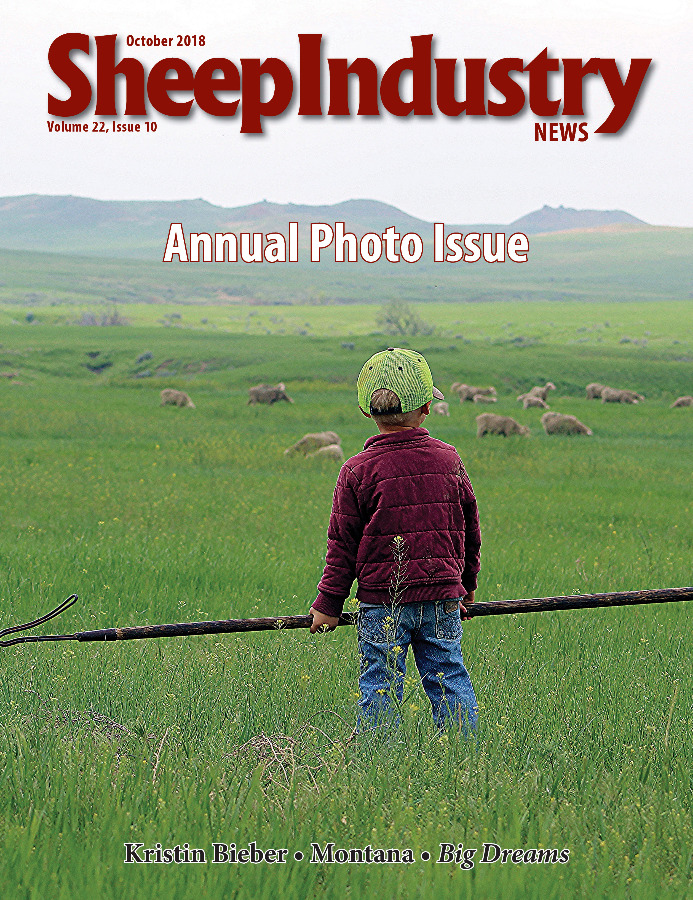
- October 2018
- President’s Notes
- Remebering the Wool Act
- Photo Contest Winners: Open Category
- Photo Contest Winners: Action Category
- Photo Contest Winners: Scenic West Category
- Photo Contest Winners: Scenic East Category
- Photo Contest Winners: Fine Wool Category
- Photo Contest Honorable Mentions
- Submit Nominations Now for ASI’s Annual Awards
- DSANA Symposium Set for Nov. 8-11
- Livestock Conservancy Begins New Program
- Market Report
- The Last Word
To View the October 2018 Digital Issue — Click Here

Brighter Days Are Ahead for American Lamb Industry
Mike Corn, ASI President
I have been receiving many calls from producers from across the country relaying their displeasure with the current lamb market. I want everyone to know that we are working on all government affairs angles to bring attention to the feeder lamb prices that are not covering the cost of production.
I have visited face-to-face with U.S. Secretary of Agriculture Sonny Perdue and Under Secretary for Trade and Foreign Agricultural Affairs Ted McKinney about our situation with regards to cheap imported lamb and received no positive reaction from either, other than their fulfilled promise to restore our access to Japan. It is very frustrating to hear from President Donald J. Trump concerning fair trade (and he is doing all he can to address the biggest issues first) and not having new tools in U.S. trade law that would help business such as ours who are burdened by imports.
We are continuing to see high levels of lamb imports with a lack of concern for our domestic market in spite of the cooler inventory of lamb being higher than the five-year average.
However, with all that being said, I have traveled this summer to Ontario, Canada, and Australia in my efforts to work on our market and, more importantly, to address cheap lamb imports. I want to report that I came back from Australia with a thought that I can see a bright light at the end of the tunnel.
Northwest Australia is experiencing what they are calling a 400-year drought, which means even fewer lambs available in Australia and their prices are expected to remain strong, to even higher. Global consumption of lamb is continuing to grow, making it more difficult for Australian packers to continue to fulfill their orders around the globe. This should potentially affect the amount of meat shipped into the United States. It now appears that price comparisons between Australian and American lamb meat has narrowed considerably, which will help our market.
The industry needs to solve this reoccurring inventory of over-fat, over-aged lambs that continue to drive down prices of all lamb, including quality spring lambs under 12 months of age. Prices to producers will improve with this step.
We are also keeping an eye on the China tariffs on our sheep skins and raw wool prices, and plan to share that information with the Trump administration as it unfolds.
After a 15-year absence, Japan is like a brand new customer for American lamb – despite the face that it was at one time our highest-valued export market. I would think this is encouraging for the top American lamb cuts.
ASI recently sent a letter to the major United States packers asking for their leadership in strengthening lamb prices for the fall run, and to share any beneficial government action on lamb meat that ASI lobbying can assist with.
I intend to work extra hard in the coming months and I appreciate all who have communicated with me. I am optimistic and look forward to brighter days for the American lamb industry, as I feel they are just around the corner.

